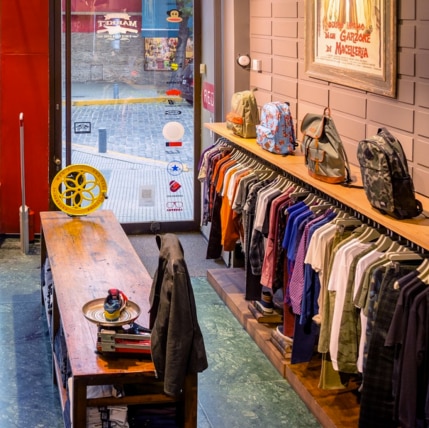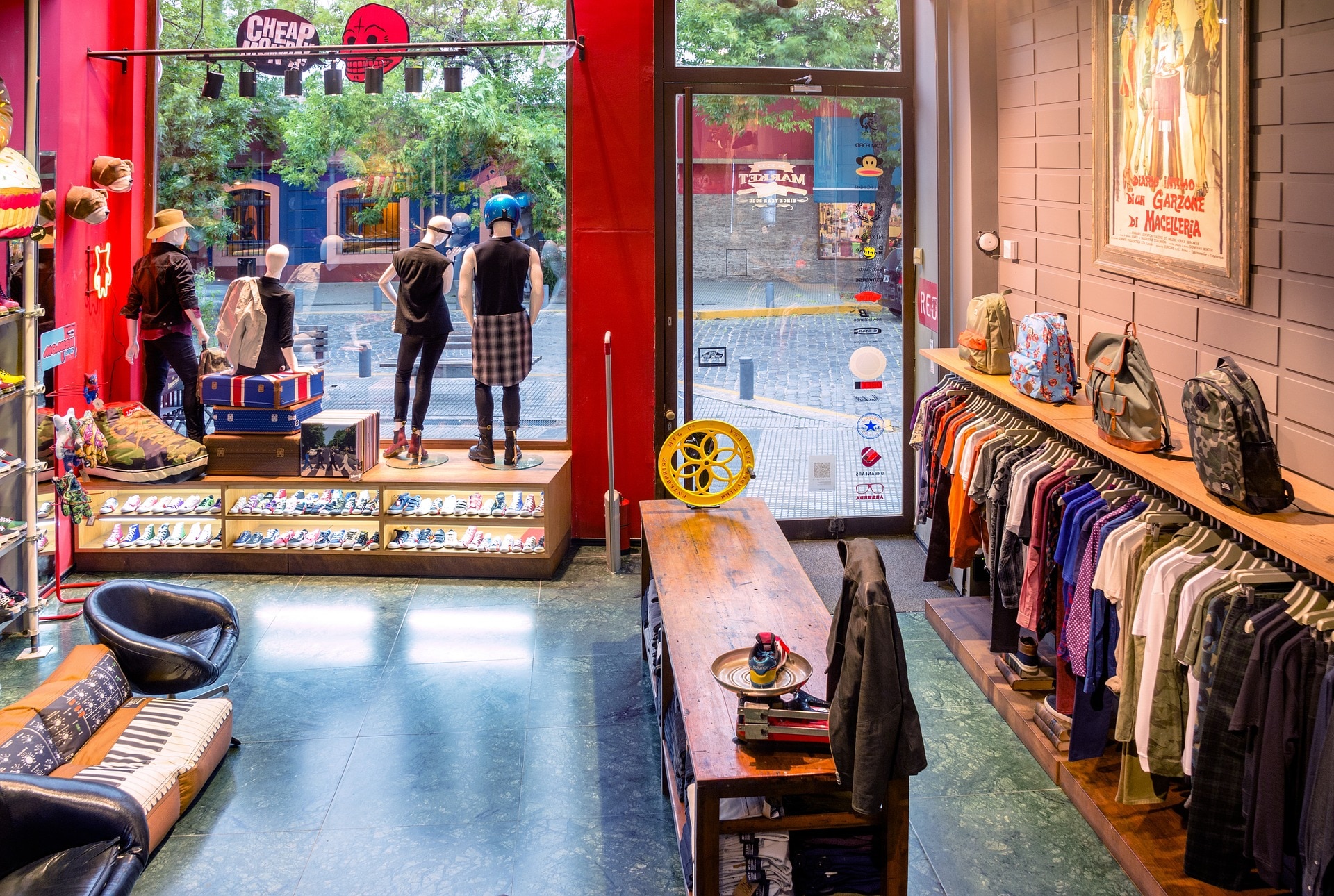Trust me, you don’t want to fall off the deep end!
Watching out for warning signs is really important, especially if you’re new to wholesale, since you’re likely to be more accommodating as you want to keep all your accounts happy. This means you’re more likely to be flexible about your sale terms… which you shouldn’t be! So we’ve come up with a few common red flags when it comes to potentially problematic buyers:
1.Paying after delivery
Wholesaling forums are full of stories of wholesalers who agree to requests for payment after delivery in order to cultivate a good relationship… but the buyer soon turns uncontactable, leaving the wholesaler stranded without goods and payment.
The safest bet is to ensure that your buyers pay you before your goods are shipped out - especially if you’ve only just started dealing with them. After all, as an eCommerce retailer, you’d never ship out products before receiving payment, right? And it’s only fair to you that the same principle should hold true when it comes to wholesaling.
In the future, as your relationship with your retailers progress, you may decide to be a little more flexible with your payment terms once trust has been established. But until then, it’s better to be safe than sorry!
2.Sale or return
If you’ve done consignment before, well, this is pretty much the same thing. Your retailer ‘purchases’ a certain amount of stock, but they can return everything that didn’t sell after a set period of time. It’s great for the shopkeeper, but really bad for your business. You’re providing them with stock to sell, and they don’t even have to pay you until it actually sells.
It’s great if you’re experimenting with a new product line in a whole new country. But come on. Your products are pretty hot, and you know it. After all, that’s why you even decided to give wholesale a shot in the first place. Because you knew they would sell. So why accept terms like this?
The point of wholesale is to move a higher volume of goods and enjoy better cash flow, so remember that when customers ask for sales or return. Refuse them politely, direct to your minimum order quantities, and let them decide if your products are worth investing in.
3.Disregarding minimum order quantities
You’ve just got your first wholesale order… congratulations! But wait. Let’s look at the purchase order. Just two pieces? With the total value of $30 (due to wholesale pricing)? You’ve got to be kidding!
Here’s another common horror story of a wholesaler who met buyers online through a public eCommerce B2B marketplace… only to learn that they’ve been buying these products for their own use. While these public B2B marketplaces try their hardest to vet buyers, buyers like these who possess a valid business ID can easily slip through the fence and do their personal shopping online at wholesale prices. In order to avoid situations like this, setting and sticking to your minimum order quantity is a must.
Setting a minimum order quantity means that in order for a customer to place a purchase order with you, they’ll need to order a certain number of products before you’ll approve it and start the fulfillment process.
We’ll be back next week to delve deeper into the role of minimum order quantities in wholesaling, so stay tuned!
And once you’ve found the right retailer, send them over to your private B2B eCommerce portal to do their shopping!
I hope this post has given you an idea of where to find retailers for your products, and what to look out for when you’re filtering your pool of would-be retailers. I’ll be back next week to write about setting minimum order quantities, so see you then!










